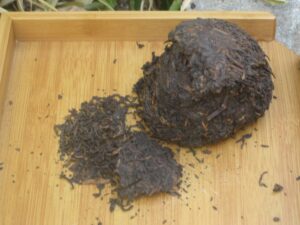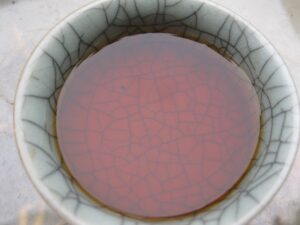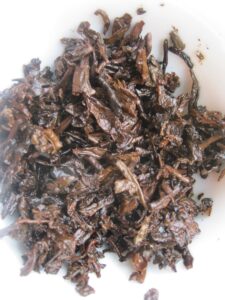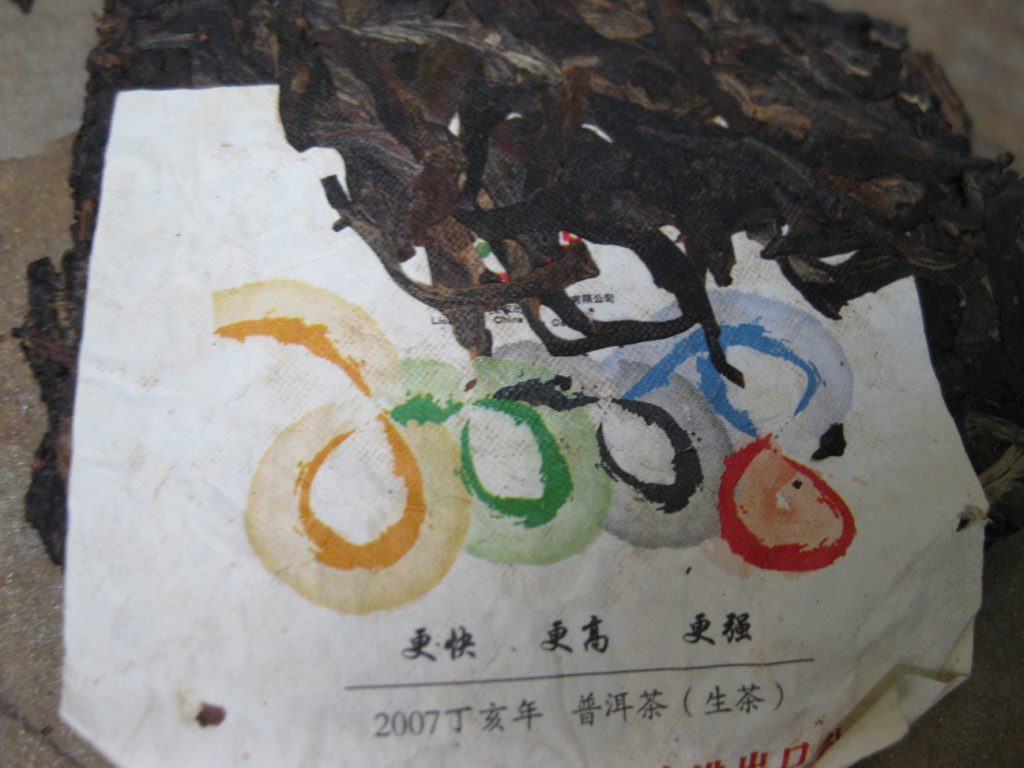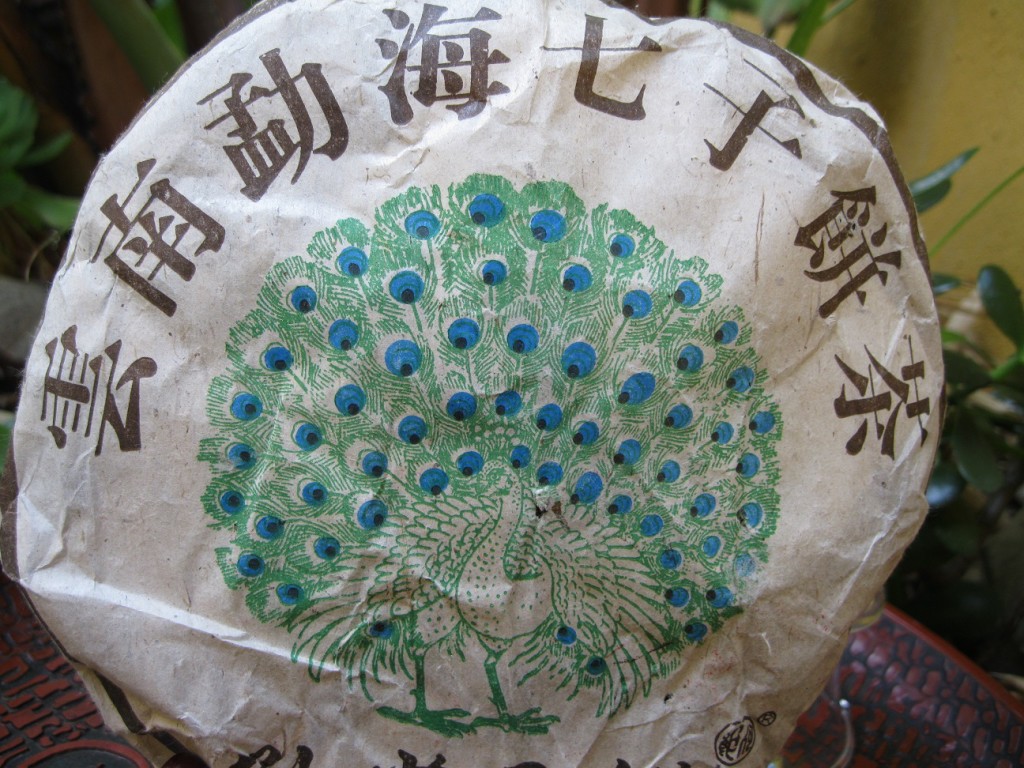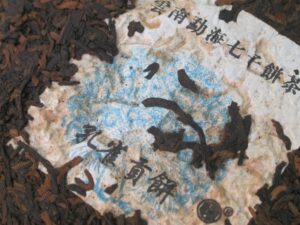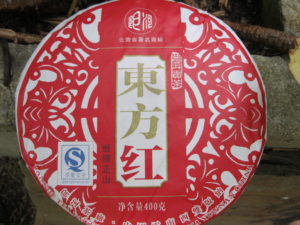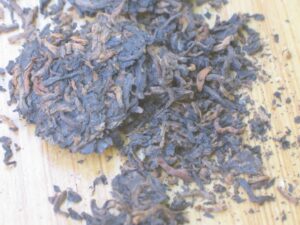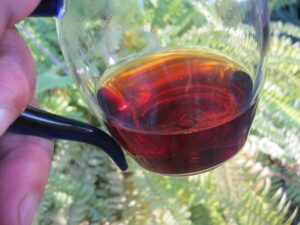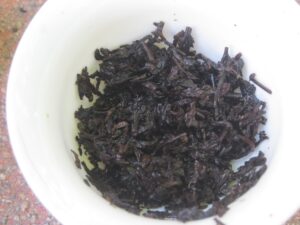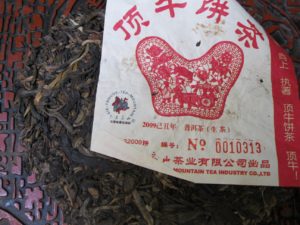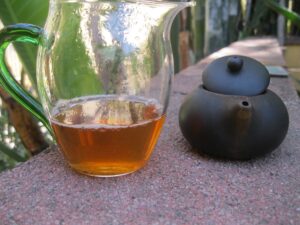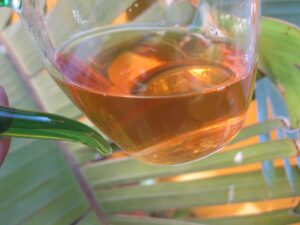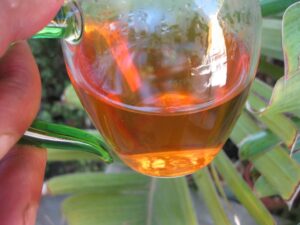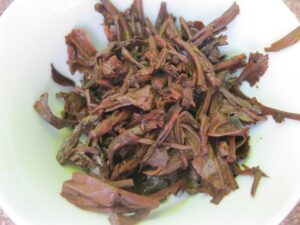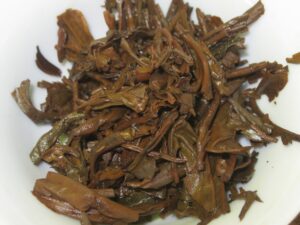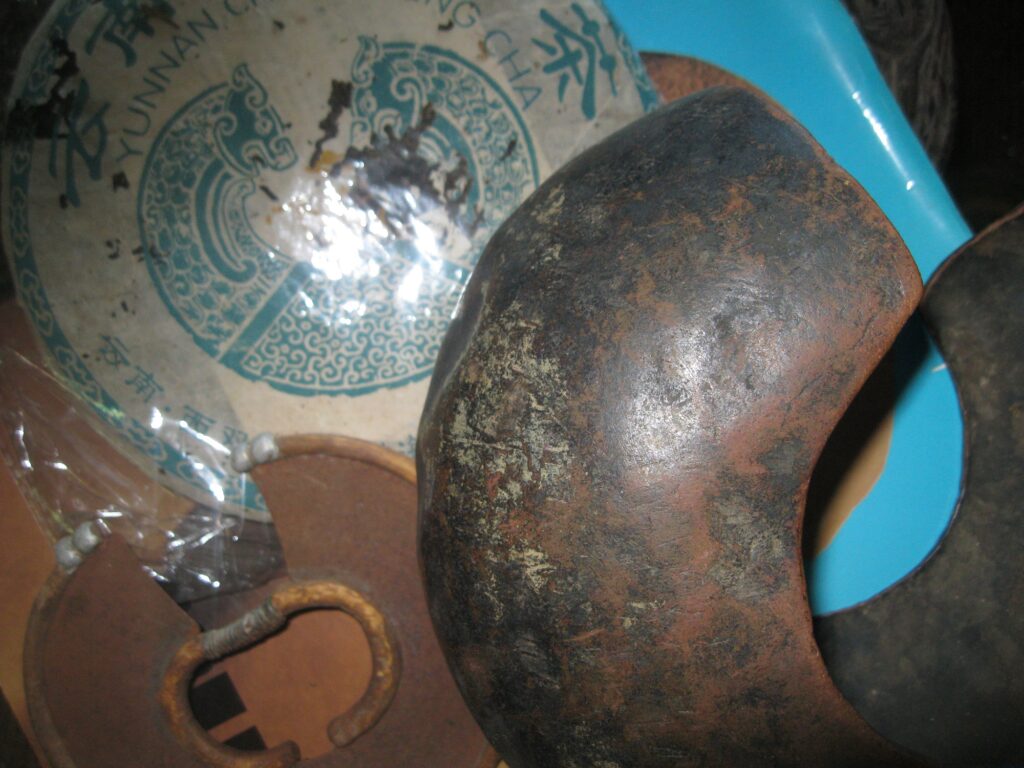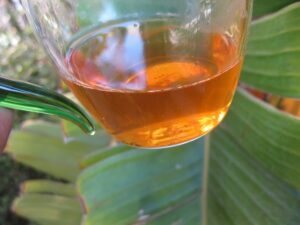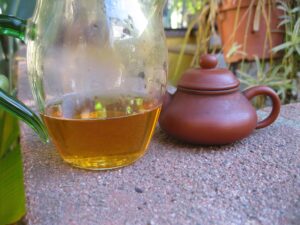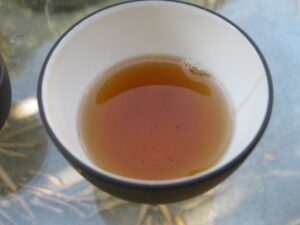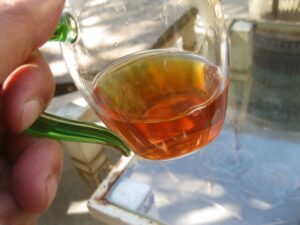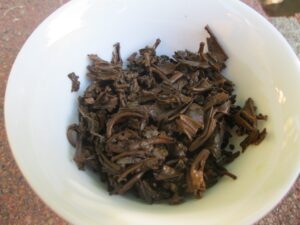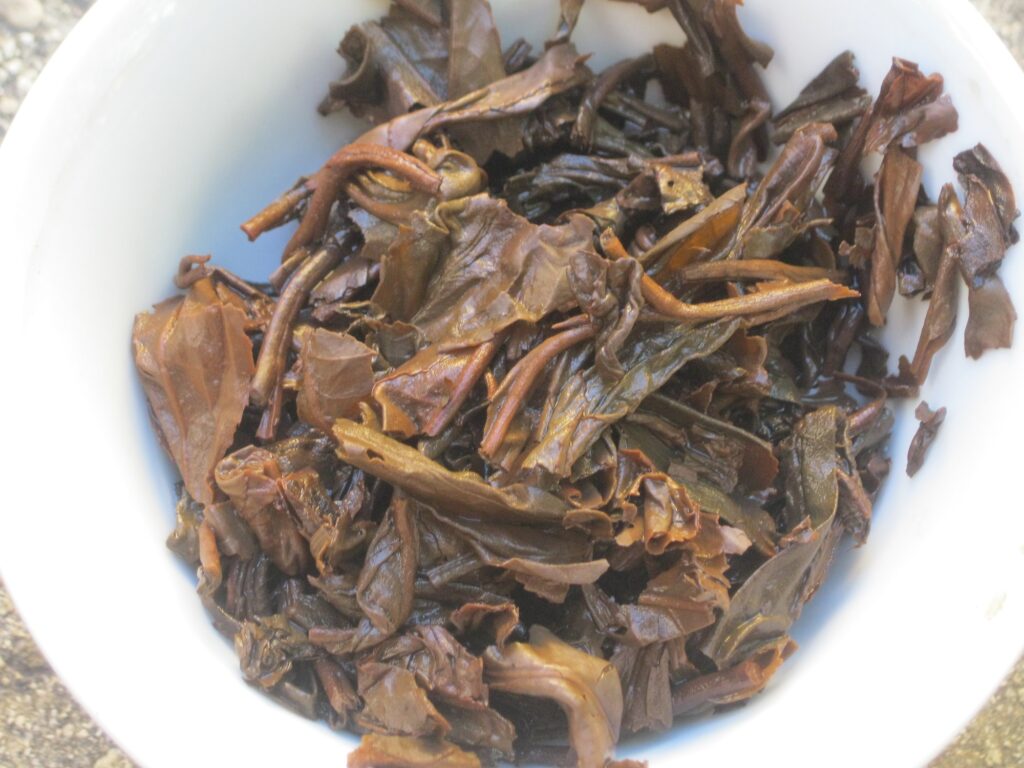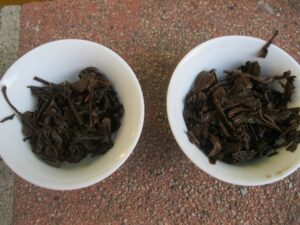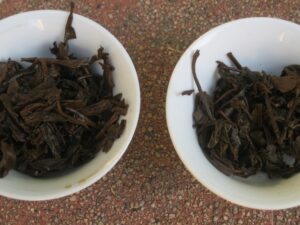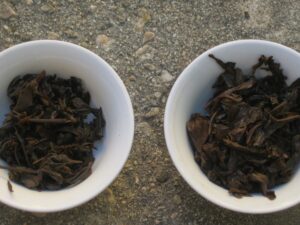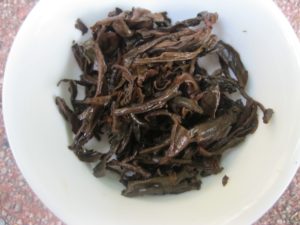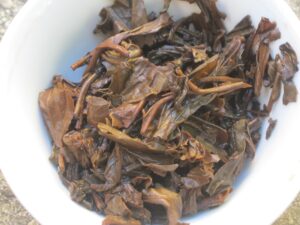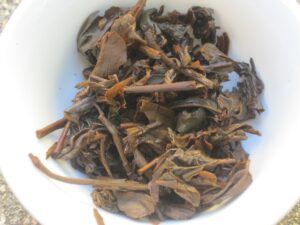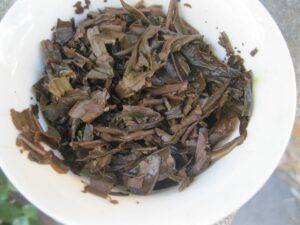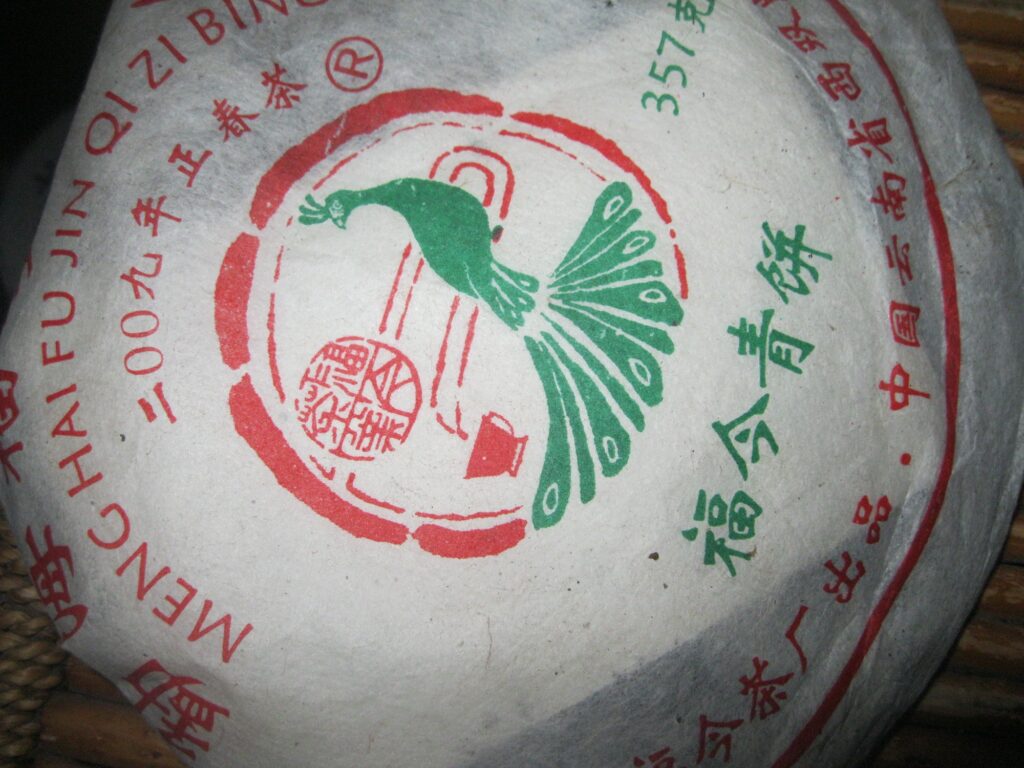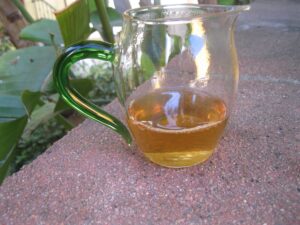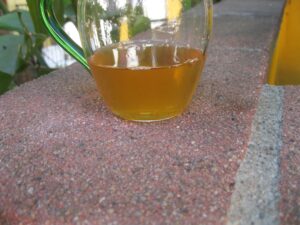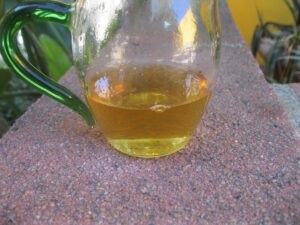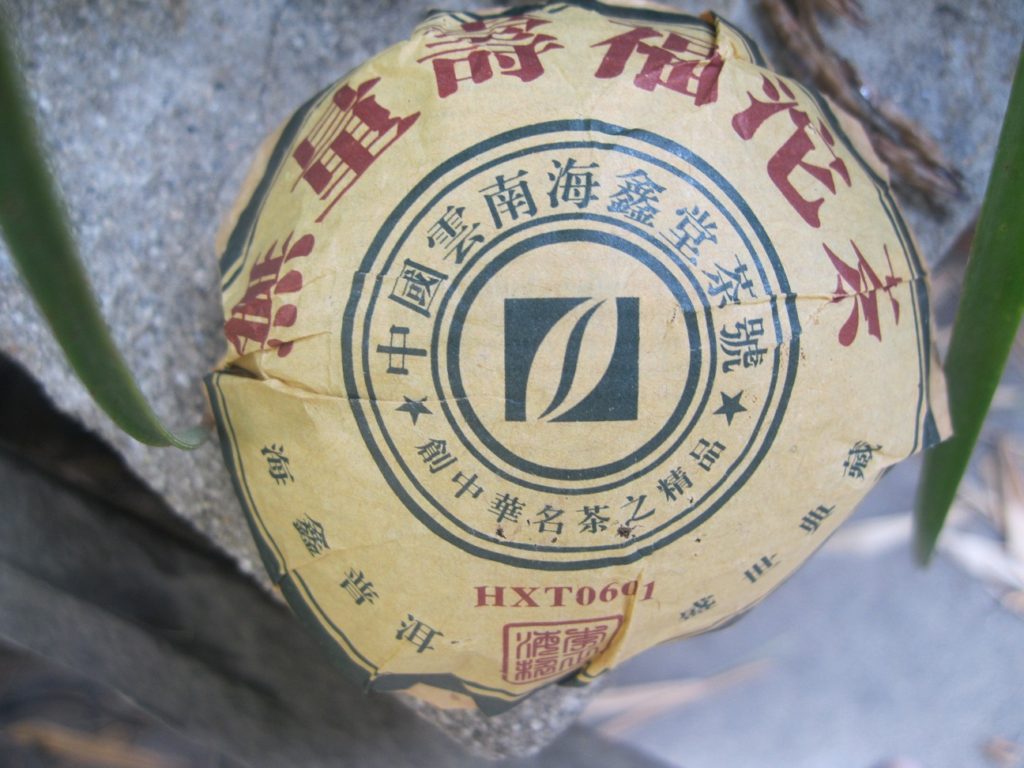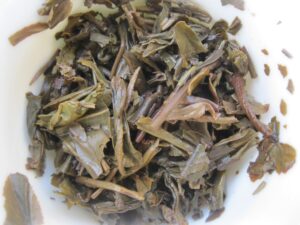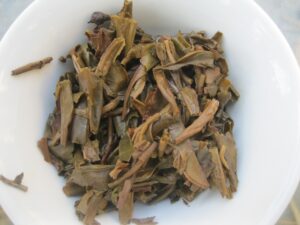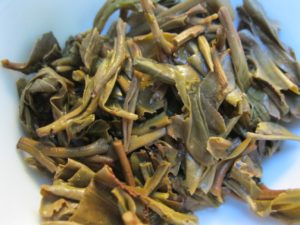Puerh Junky Visits Golden Sail
Puerh Junky Visits Golden Sail picks up with another ripe from the mid naughts. Golden Sail holds the distinction of selling Yunnan puerh under a Guangdong brand. As the Puerh Junky has made abundantly clear, brand is about the closest this 250g tuo comes to Guangdong, as it was brutally dry stored. Some people like that dry-stored ripe vibe, so I made it available even though by my own reckoning it needed resurrection.
The problem with dry stored ripes is that they aren’t sweet. Ripes should have some measure of sweetness. I’m not sure how some of the instantly sweet ripes are processed but guesses are that they’re heavily wokked and/or heavily fermented. Both are heat processing which accelerates transformation of “the stuff” to sugar.
Dry storage also stunts expression. Notes don’t sound as clearly or vibrantly. Instead, there are fleeting hints to an otherwise stilted drinking experience. Such was the case with the Golden Sail, which had hints of fermented cherry but altogether too faint. Combined with a lack of sweetness and a mid-range vegetal note, it was very difficult to drink.
GS came Puerh Junky Resurrection Center (PJRC) in Dec 2020 complaining of the conditions mentioned above. An Aug 2021 tasting showed not much change. The experience was frankly nothing short of horrible, lacking sweetness and if memory serves possessing a sour note totally challenging. During that session, the cherry note was not detectable either. I only got through two infusions before tapping out. Gross.
Aug 2022 presents a vastly improved picture. Some renovations at the PJRC have afforded more efficient humidification in the summer months to the benefit of all the ripes. I stopped using a hygrometer. The Power Humidity Ward (PHW) of the PJRC receives visits on a daily basis, so there is very little concern about mold. Furthermore, temps remain moderate from daily maritime breezes that cool the air. Temps have rarely gone above 85, with an average range between 65-85. Furthermore, any particular concerns about humidity can be addressed by moving ripes from the PHW to another ward in the PJRC.
No such concerns apply to GS, which is now exhibiting sweetness, a cherry-cum-berry flavour, and a slight camphor note. Remarkable are both bitter and astringent features that express both in the broth and aftertaste, especially the astringency. The fruit is very promising and much bolder than before. It’s downright fruity. Let there be no doubt: GS is in a much better place.
The astringency and bitterness got me curious. Golden Sail is a Zhongcha/CNNP export brand. I had assumed that this tuo was their flagship ripe 7581 devised by the Kunming TF but the wrapper offers no indication. However, this degree of bitterness and astringency doesn’t seem to be in the spirit of the 7581, which is never bitter or astringent. Such a profile suggests that the material comes from considerably smaller leaves, possibly grade-four leaves and smaller. Close inspection shows tiny twiggy material, tips, and chopped leaf.
Come to think of it, the release rate of GS is along the lines of smaller leaves, very quick. Even so, the durability is greater than with most gongtings. It offers six solid infusions. As with most ripes this age, clarity is first rate.


